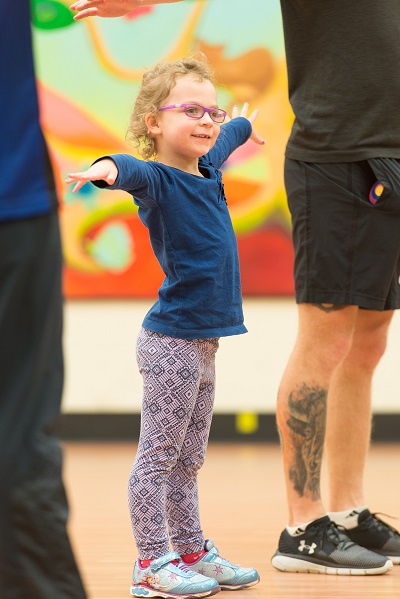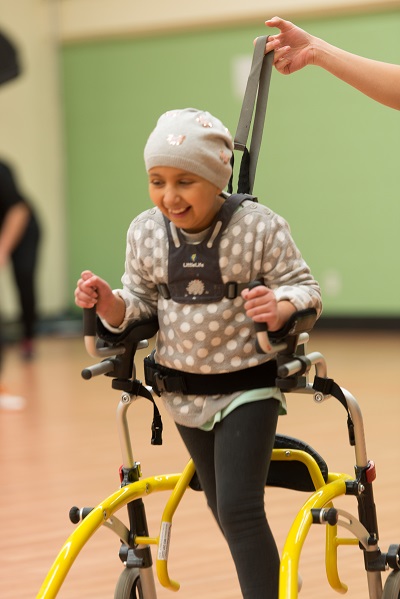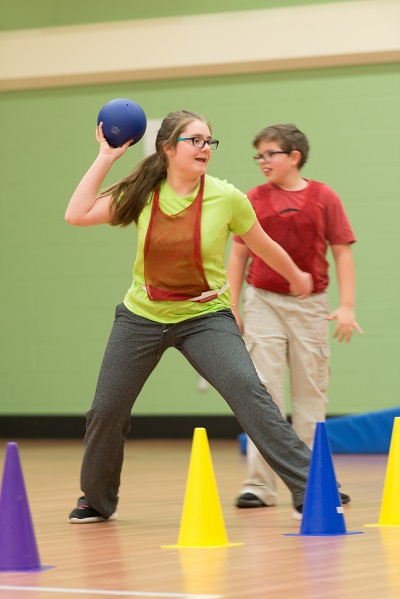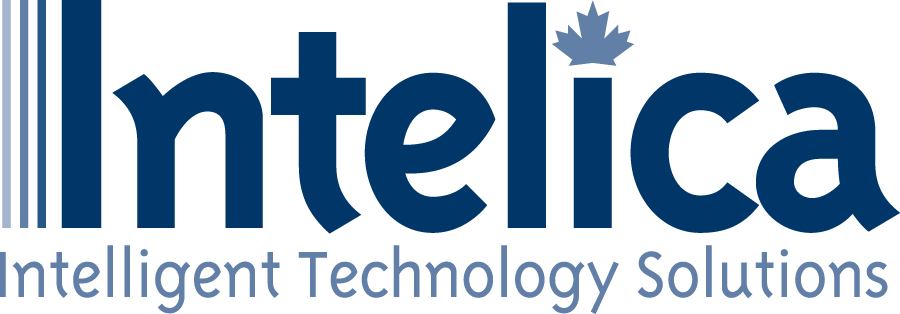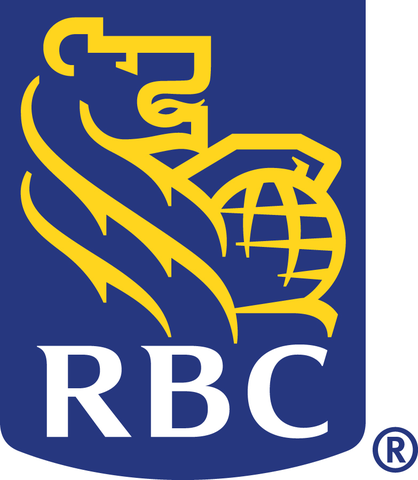By Carolina Chamorro Vina, PhD
As Kids Cancer Care’s exercise specialist, I have the pleasure of overseeing PEER, a weekly exercise program designed for children affected by cancer. In my work as PEER coordinator, I often get questions from parents about exercise and cancer. Is exercise safe for my child who is currently on treatment? What are the benefits of exercise in children with cancer? My child is too tired to come to PEER today; can we postpone until she is feeling stronger? Where can I learn more about exercise and pediatric cancer? This blog post is written especially for you to help answer some of your questions.
But first a bit of background on PEER.
About PEER
PEER stands for Pediatric Oncology Patients and Survivors Engaging in Exercise for Recovery. It is an evidence-based exercise program designed for kids affected by cancer, which was created in 2012 by a multidisciplinary team of pediatric cancer professionals and exercise specialists at the University of Calgary Health and Wellness Lab.
The objective of PEER is to bring what we know from research into the community to give young people who are affected by cancer, the opportunity to participate in a safe and fun exercise program. PEER will help your child to rebuild their strength, balance, coordination, aerobic capacity and give them an opportunity to catch up with basic fundamental movement skills (i.e., throwing, kicking, jumping, etc.,.) that they couldn’t learn because of treatment.
Because PEER is a group-based exercise program, it also offers kids the opportunity to socialize with other kids in similar circumstances and helps alleviate feelings of isolation and loneliness.
PEER volunteers
I attend each weekly PEER session on Wednesday evening, along with a team of trained volunteers, who love to have fun. Volunteers are an essential part of the PEER program. Because of them, we are able to make PEER fun and inclusive, while also customizing or modifying the exercises based on the needs and skill levels of each child. All of our volunteers have a background in either kinesiology, medicine or nursing and they receive 15 hours of specialized training in pediatric cancer and exercise.
PEER is designed for three different groups
In 2013, PEER became part of Kids Cancer Care’s Outreach programs. Since then, PEER has grown and changed a lot. Thanks to the support of our generous community, we are now able to offer three unique programs for three different age groups, accommodating kids from age two right up to age 17. For families living in the Calgary area, I enthusiastically invite you to come and check out our PEER program on Wednesday evenings.
Frequently asked questions
Here are some of the frequent questions I receive. If you have other questions, please send a message in the comment section at the end of this blog post and I will get back to you right away.
- Why is physical activity so important during childhood?
Physical activity is a right of every child as stated by the World Health Organization. All children, including those who have chronic health conditions, should have the right to engage in physical activity. Physical activity is an essential component of healthy development for any child. Physical activity guidelines indicate that children need to be active at least 60 minutes every day for healthy physical and mental growth and development. It is important that children develop this healthy behaviour at an early age, as they are more likely to continue with activity, and thus enjoy its benefits, throughout their entire life.
- What are the benefits of regular physical activity for children?
The benefits of physical activity are immense and they include:
- Better self-esteem
- Stronger bones, muscles and joints
- Better posture and balance
- A stronger heart
- A healthier weight
- More social interaction with friends and other peers
- Learning new skills, while having fun
- Better focus and concentration and greater academic success
- Better brain health
- Is exercise safe during cancer treatments in pediatric cancer population?
Yes. Research indicates that exercise is safe throughout the childhood cancer experience, with no negative outcomes reported, even in patients with compromised immune systems or those on active treatment. All you need to participate in PEER is a physician clearance form. To ensure participant safety, programs must consider the participants’ disease, treatment stage and related side-effects (such as, compromised immune systems, cardiovascular toxicity, lower level of physical functioning, and muscle mass atrophy). The American College of Sport Medicine recommends that children AVOID inactivity, even cancer patients with an existing disease or who are undergoing difficult treatments.
- What are some of the benefits of physical activity for children with cancer?
For a child with cancer, the impact and potential benefits of physical activity are extremely important. This is due to the many negative side effects associated with the cancer and its subsequent treatments. For example, after treatment, you may notice issues with balance, fatigue, muscle strength and endurance. Your child may become easily tired or fatigued after a brief period of play. You may also notice changes in your child’s social involvement, confidence, or self-esteem. Physical activity can be a powerful tool to help with all these issues – physical and psychosocial. Early evidence shows that physical activity might even help counteract brain tumour side effect. Physical activity can enhance neuroplasticity and executive function, promoting brain health.
- Where can I learn more about exercise for my child?
To help parents harness the potential benefits of physical activity for their child with cancer, we created POEM (Pediatric Oncology Exercise Manual). POEM is based on scientific evidence and is a comprehensive and uncomplicated way to learn about the role of physical activity in children affected by cancer. You can download a free copy of POEM here.
- My child is very fatigued; I can’t bring him/her to the exercise program today.
Fatigue is one of the most common side effects of cancer treatment. Unfortunately, cancer-related fatigue does not go away if you rest because the aetiology is multifactorial. Regardless of their cause, adopting a sedentary lifestyle during this time may worsen the impact of negative side-effects and increase the likelihood of children developing conditions such as obesity, hypertension, diabetes and osteoporosis. I always encourage parents to bring their kids to PEER, even when they are very fatigued. Several physiological mechanisms take place during and after exercise, helping children affected by cancer to feel better, increase stamina and sleep better. At PEER, we are committed to customizing and modifying exercise to make it 100% inclusive and fun for everyone, regardless of their fitness level and treatment side effects.
- Can I bring my other children to PEER?
Yes! All of Kids Cancer Care’s programs are open to siblings.
- What does it cost to participate in PEER?
Nothing. Thanks to our generous donors and volunteers, PEER and all Kids Cancer Care programs are offered at no cost to families.
- How do I register my child for PEER?
To register your child for PEER, please email Mary Phillipo, our family liaison.
I hope this answers some of the questions you may have about your child and exercise. I welcome your questions, so please include your questions in the comments section below.

